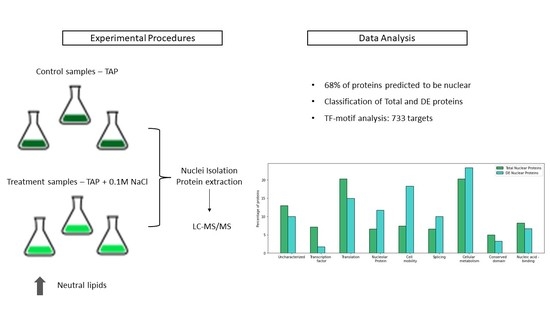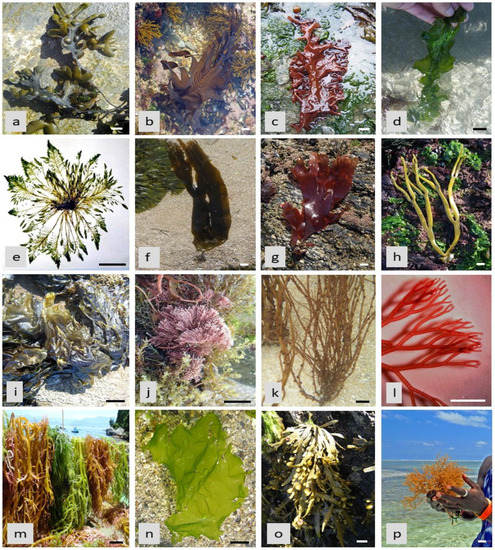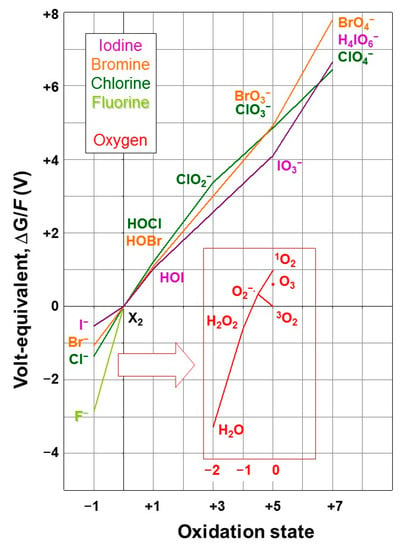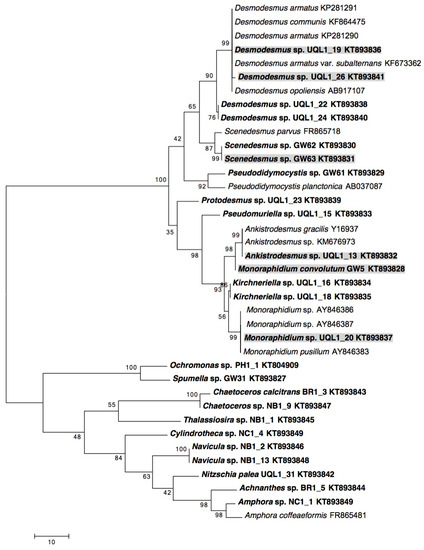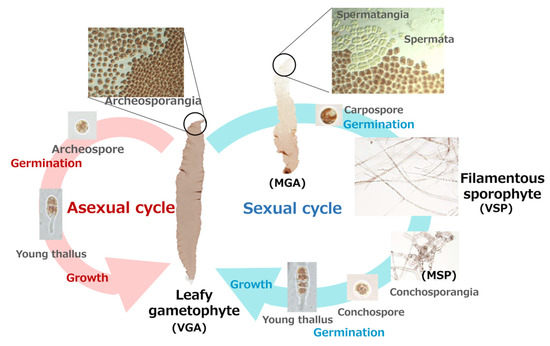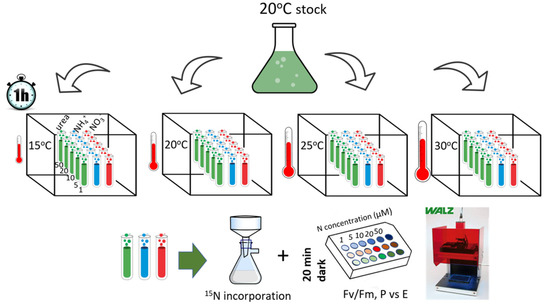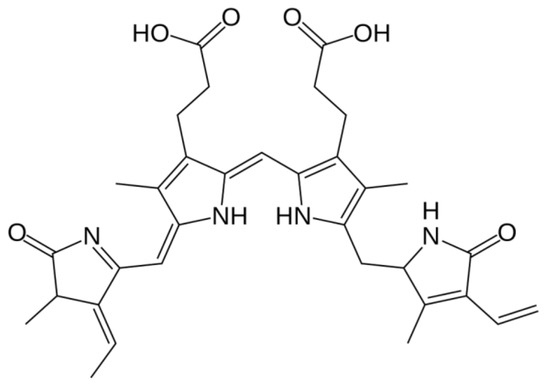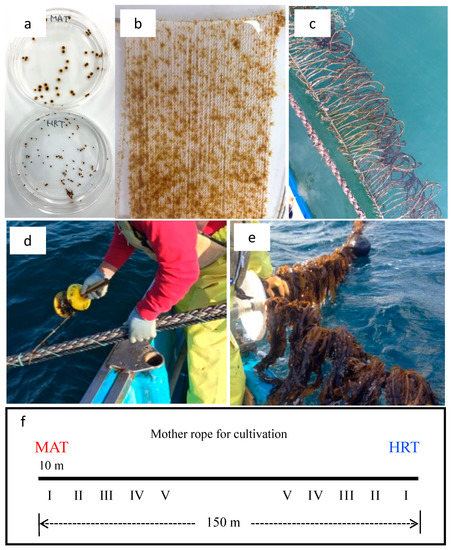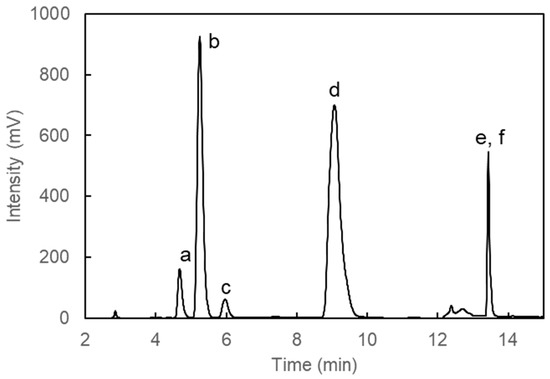Feature Papers in Phycology (Closed)
A topical collection in Phycology (ISSN 2673-9410).
Viewed by 64779Editor
2. Centre for Bioinnovation, The University of the Sunshine Coast, Sippy Downs, QLD 4556, Australia
Interests: microalgae; microalgal biotechnology; industrial microbiology; algal cultivation; algal harvesting and processing; algae food; biofuels; genetic engineering; algae biorefinery
Topical Collection Information
Dear Colleagues,
We are pleased to announce a new Special Issue entitled “Feature Papers in Phycology”. This is an important collection of high-quality reviews and original papers that cover recent advances in our understanding of algae. Only contributions from the Editorial Board and papers from distinguished scholars in the field invited by Editorial Board Members, Guest Editors, or the Editorial Office will be accepted in this Special Issue. Researchers are welcome to contact the Editorial Office to be invited.
Prof. Dr. Peer Schenk
Collection Editor
Manuscript Submission Information
Manuscripts should be submitted online at www.mdpi.com by registering and logging in to this website. Once you are registered, click here to go to the submission form. Manuscripts can be submitted until the deadline. All submissions that pass pre-check are peer-reviewed. Accepted papers will be published continuously in the journal (as soon as accepted) and will be listed together on the collection website. Research articles, review articles as well as short communications are invited. For planned papers, a title and short abstract (about 100 words) can be sent to the Editorial Office for announcement on this website.
Submitted manuscripts should not have been published previously, nor be under consideration for publication elsewhere (except conference proceedings papers). All manuscripts are thoroughly refereed through a single-blind peer-review process. A guide for authors and other relevant information for submission of manuscripts is available on the Instructions for Authors page. Phycology is an international peer-reviewed open access quarterly journal published by MDPI.
Please visit the Instructions for Authors page before submitting a manuscript. The Article Processing Charge (APC) for publication in this open access journal is 1000 CHF (Swiss Francs). Submitted papers should be well formatted and use good English. Authors may use MDPI's English editing service prior to publication or during author revisions.





